Social distancing is now an integral part of life that we need to keep practicing until a vaccine for Covid-19 becomes accessible to everyone. Projections by health experts show that lifting restrictive public health measures will result in a resurgence of infections, further extending the duration of the pandemic until 2021 or 2022.
Keeping everyone at home has had an unprecedented impact on society as we expect to reach a global population of 8 billion people by 2023. In the US alone, 26 million people filed for unemployment in less than a month, despite the availability of online platforms that allow people to work from home. The situation is bound to get much worse for developing countries like the Philippines where the average internet speed is still below the global average and 99.52% of business establishments are micro, small, and medium enterprises. Bangko Sentral ng Pilipinas Governor Benjamin Diokno has said that the local economy will enter a recession within the next six months before it could have a semblance of recovery.
Preparing for the ‘new normal’
In an effort to mitigate the economic impact of Covid-19, governments the world over are trying to figure out how to gradually ease stay-at-home restrictions. But carrying out such a plan, while trying to flatten the curve, will be futile without much needed reforms.
This pandemic is not a one-off scenario that we can forget about after we overcome it. Microsoft co-founder and philanthropist Bill Gates envisions the world after Covid-19 to be one that will need greater resilience against future pandemics. Building resilience will entail more than just investing on healthcare systems. We must recognize that our future productivity relies, in no small part, on our ability to rethink and reimagine how we live our daily lives; how we utilize space; and how this affects our capacity to make transportation safe and sustainable for everyone.
Quick action across the world
Building infrastructure for cyclists and pedestrians is feasible and can be done in a short span of time. An increasing number of cities have announced their plans to build more bike lanes and widen existing ones in the immediate future.
In New York City for example, they observed a 67 percent surge in demand for Citi Bike, a bike share program that operates 14,000 bicycles distributed across 850 stations. Even though New York already has more than 2,000 kilometers of bike lanes in their network (800 kilometers are protected), the city transportation commissioner, Polly Trottenberg, told The New York Times that the city was “reviewing additional measures to accommodate the increased number of cyclists taking to the streets.” They intend to do this by converting traffic lanes using orange cones or movable barriers.
Took a socially distant stroll over to check out the new Grand Street bike lanes. They’re looking reeeally nice 😍 Can’t wait to ride them! #GrandStreetVision #JerseyCity @bikejc pic.twitter.com/Ow9EK1X3lf
— Ayla Schermer (@AylaSchermer) April 23, 2020
In Germany, road markings are being redrawn using removable tape and mobile signs to create ‘pop-up’ lanes for cyclists who need to exercise or go on essential trips. A successful pilot scheme where cycle lanes were temporarily widened has convinced local authorities to expand the plan further. Due to the success, 133 other cities in the country have submitted proposals for similar plans. Germany has also exempted bike repair shops from their lockdown to support increased ridership.
In Bogotá, Mayor Claudia Lopez announced that Ciclovia has been made available on weekends as well. The 120-kilometer cycleway is usually open on Sundays and holidays. The move will see 76 kilometers of street closures for cyclists and pedestrians, adding to the city’s 500 kilometers of permanent bike lanes.
In Brussels, all roads within the city center have been converted into residential areas in an effort to lower the speed limit to 20 kilometers per hour. This makes the roads safer for cyclists and pedestrians. According to the chief of mobility and public works, Bart Dhondt, they want “to ensure that [their] residents and visitors can move around the city center in complete safety.” He added that they want to encourage people to walk or ride a bicycle. Traffic signs and more safety measures have been installed in time for the start of the new rule in May.
Paris has also recently committed to creating 650 kilometers of cycleways in preparation for May 11 when their lockdown is scheduled to be lifted. Perhaps inspired by this development, the Mayor of Montpellier, a city near the south coast of France, has followed suit by personally spray painting pop-up bike lanes in his city.
Social distancing in PH cities
Though it is challenging, providing equal opportunity for mobility should be in our urgent agenda. A 2015 technical report by the Japan International Cooperation Agency and Department of Transportation and Communications (now the Department of Transportation) found that only 11.5% of households in the survey area owned private cars. The area consisted of Metro Manila, Bulacan, Rizal, Cavite, and Laguna. In addition, the Metropolitan Manila Development Authority reported in 2018 that private cars take up 67% of road space while public utility buses only comprise 3% of total traffic along EDSA. With such a small percentage of households taking advantage of scarce road space, it is apparent that we can’t afford to let car-centrism continue. Allowing everyone to drive cars would be a big mistake that will cost us billions more in losses while worsening travel times and air pollution in the metro.
(Read: Air pollution linked to raised Covid-19 death risk)
The logical move would be to rely on public transportation, but this isn’t doing very well either. The MRT-3 for example has been operating with as few as eight trains despite having a current daily ridership of 560,000, way above its designed capacity of up to 380,000 passengers. Jeepneys and buses are also unable to keep up with demand while competing with private vehicles for valuable road space. It goes without saying that the public transport options available prior to the enhanced community quarantine (ECQ) were not enough to accommodate travel demand in Metro Manila. And if we intend to continue practicing social distancing, which is a must, public transportation at its current state will not be enough.
The challenge at hand can’t be more obvious. As we encounter images online of wide empty roads, we are shown a blank canvas on which to draw the line. We must reallocate road space, first to allow our frontliners to get to work safely and, when the right time comes, to eventually enable more people to move freely while practicing social distancing.
One way to do this is by turning existing car lanes into wider sidewalks and protected infrastructure for bicycles and personal mobility devices. Even MMDA traffic chief Bong Nebrija posted on Facebook that people should “take [the] next 3 weeks to prepare for the new normal” by choosing to walk, bike, or ride an electric scooter. The investment required to pull this off will cost the government a mere fraction of what they’re accustomed to spending on infrastructure for cars.
Such a relatively minimal investment can have far-reaching effects. Firstly, it will encourage residents in urban areas like Cebu, Davao, and Metro Manila to take more sustainable modes of transport for trips that can be made without a car. Secondly it will help in providing more space for emergency vehicles, and public utility vehicles that transport people from far-flung areas.
Local initiatives
On May 2, AltMobility illustrated some examples of how our roads could look like post-ECQ. Their proposal for bike lanes in Metro Manila compares the current street design at Espana Blvd with their proposed ‘interim’ and ‘permanent’ redesigns. The interim redesign transforms the outer lanes on each side of the road into bike lanes that are adjacent to public utility vehicle (PUV) lanes, leaving the remaining two inner lanes as mixed use ‘travel lanes’. The permanent redesign however turns the innermost lanes into bus rapid transit (BRT) lanes with strategically located median drop-off points that are connected to the sidewalk via marked pedestrian crossings. It also reallocates a portion of the sidewalk into bike lanes, allowing both pedestrians and cyclists to benefit from the shade provided by trees.
The proposal is an adaptation of urban design strategies that have been carried out in other countries. While it seems simple enough to execute, some may consider it difficult to pursue as its success relies on public transport reform, particularly in the regulation and operation of PUVs. Nevertheless, it is a great example of the kind of long-term solutions we must consider in planning for the new normal.
Another way we can take back our roads is through tactical urbanism. This method employs low-cost techniques to improve public spaces. Tactical urbanism empowers citizens to design their neighbourhoods and quickly implement changes without relying on a top-down approach from the government.
The revolution will not be televised, will be live.
Today Milan has started the implementation of the #StradeAperte #OpenStreets project for low-cost temporary bike lanes and widened sidewalks.
Stay tuned. pic.twitter.com/af6PU6ToJD
— Demetrio Scopelliti (@demescope) April 30, 2020
In a recent live episode of the Cycling Matters Podcast, Anton Siy of Pasig Transport shared how they have worked with local communities to implement tactical urbanism techniques in Pasig City. He added that they are working on developing a framework that will allow citizens to initiate, design, and execute improvements in their communities with the approval and support of the local government. In explaining how it might work, Siy explained, “if a resident of Pasig came to our office, gave us a proposal, and showed us they would entirely self-fund it, we would like to have a framework where we can receive proposals like that and just approve them.”
One such project is the ‘Carless Weekend’ which was kicked off in December 2017. Through the project, Ortigas Jr. Road, a main thoroughfare in the Ortigas business district, is closed on Saturdays and Sundays to temporarily provide a safe space for walking, cycling, and other exercise and recreational activities. The intervention follows the ‘open street’ concept which is an example of tactical urbanism. The project has been embraced by the community and was still running even prior to the implementation of the ECQ.
Another more recent community-driven experiment in January 2019 was initiated by a group called ‘Friends of Pearl Drive’. Through a partnership with officials of Barangay San Antonio and Pasig Transport, community volunteers closed down Pearl Drive to allow people to make use of a space that is usually dominated by cars. The project was supported by a petition that was signed by more than 6,000 people.
Renewed hope
The Department of Transportation (DOTr) seems to be showing signs of keeping up with the 21st century. On April 30, Transportation Undersecretary Artemio Tuazon was quoted in a CNN article as saying that they are working on setting up designated bike lanes “in areas where there are enough space.” The article received positive feedback from transport advocates and revived hope that the government would finally do something to reclaim scarce public space and prioritize vulnerable road users.
However, they have not bared any clear plans on how their support for “alternative” modes of transportation will translate into concrete action. It is also unclear if their intention is to create an integrated network of bike lanes or if the said lanes will be disjointed and therefore less effective.
Nevertheless, the statement shines a light on the possible shift in mindset. Now is the perfect time to make thoughtful changes to the way we use our space. The roads are virtually empty, making it easier to install makeshift or permanent infrastructure. It will boost safety for our frontliners and everyone else who will have to travel once general community quarantine is announced in select cities.
Considering the benefits that we could reap by adopting these changes, we can look at this challenge as an opportunity to do better and be better. After all, it is 2020 and though we still don’t have flying cars, we actually have a chance at attaining something greater: sustainable mobility that is beneficial to all.
Wondering how to commute by bike?
Check out our series on Becoming a Bike Commuter.
Suggested readings
How cars took over our cities
The forgotten history of how automakers invented the crime of “jaywalking”
When Pedestrians Ruled the Streets

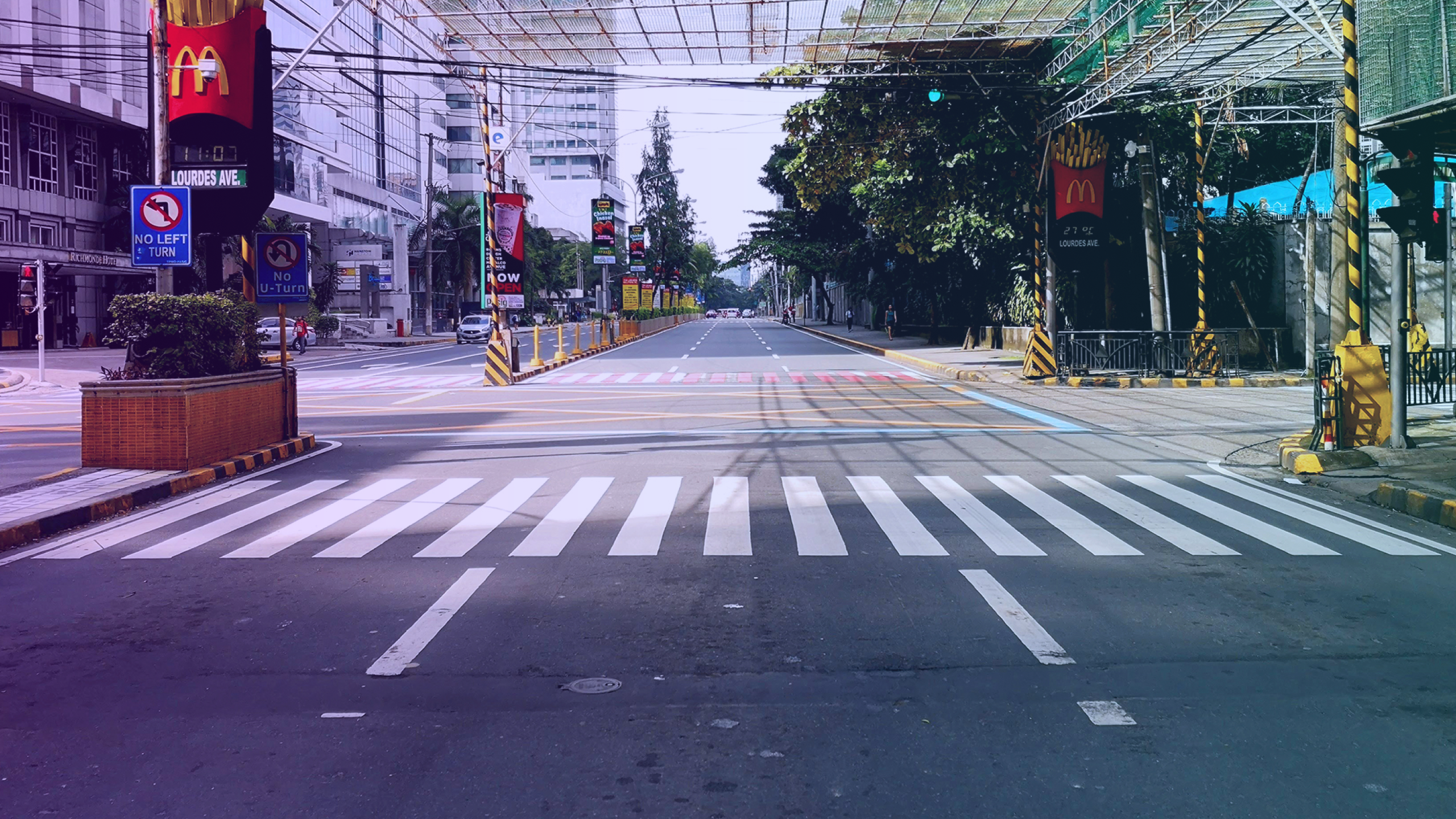
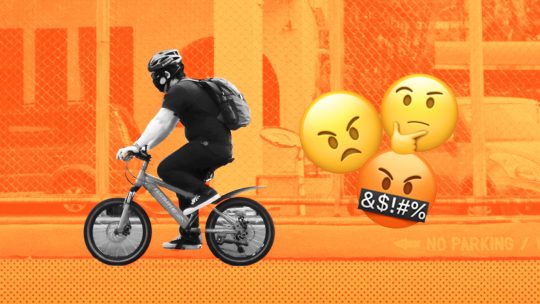
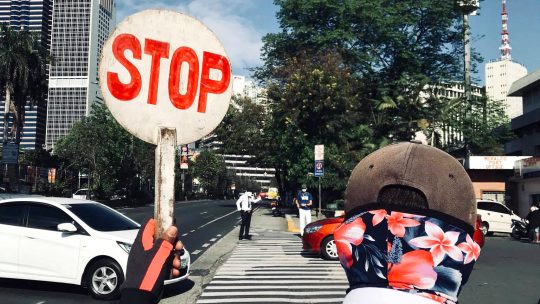
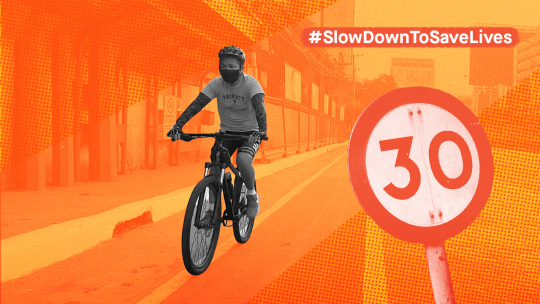
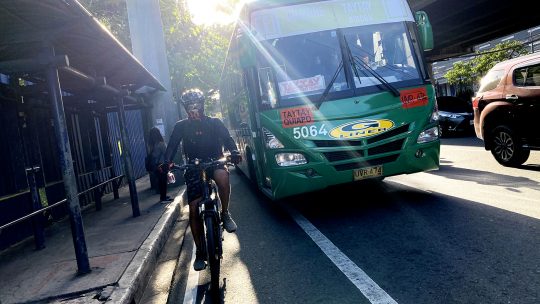
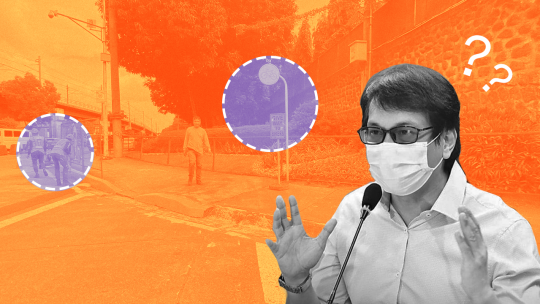
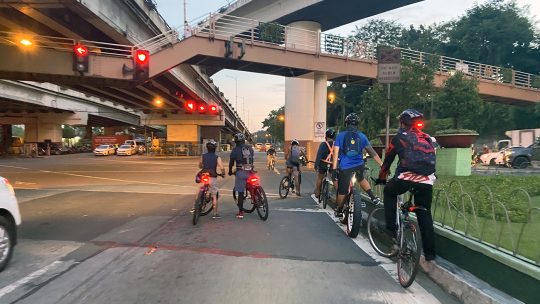
Leave a Comment